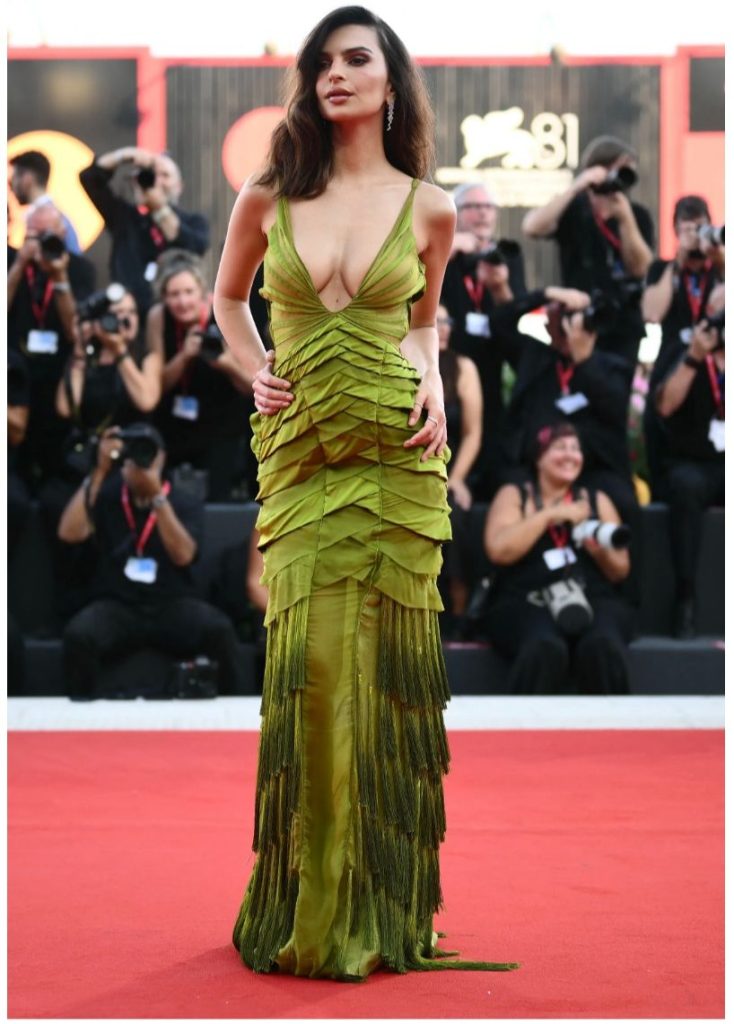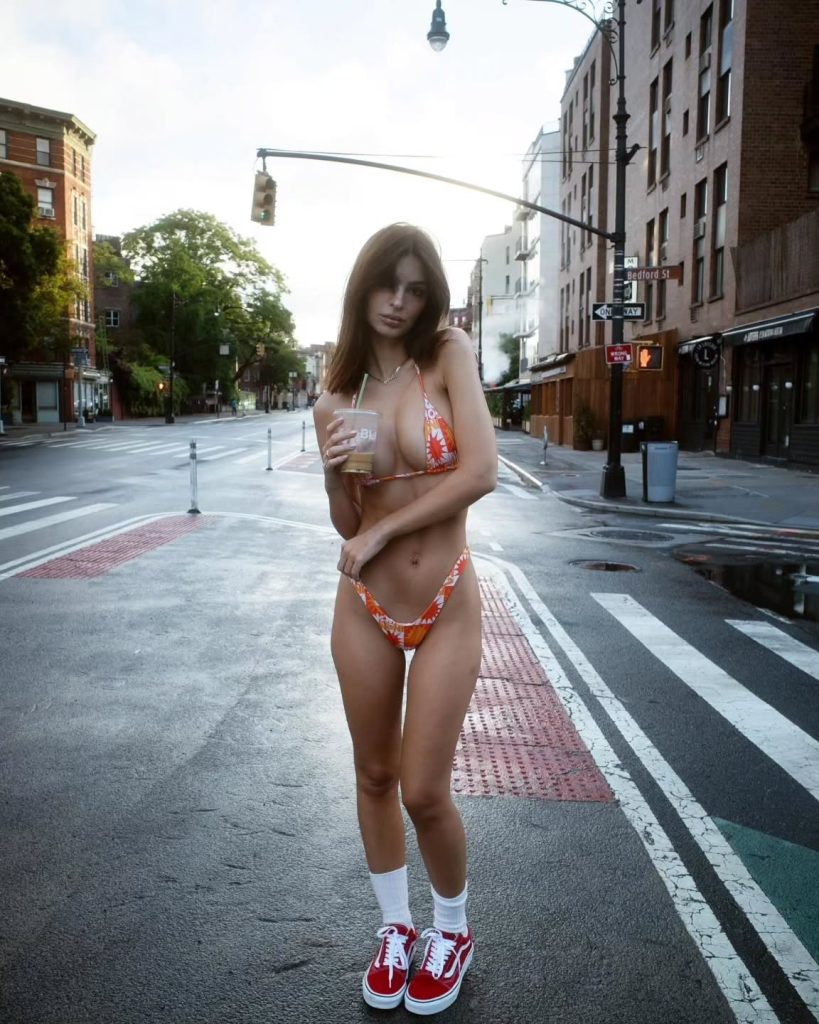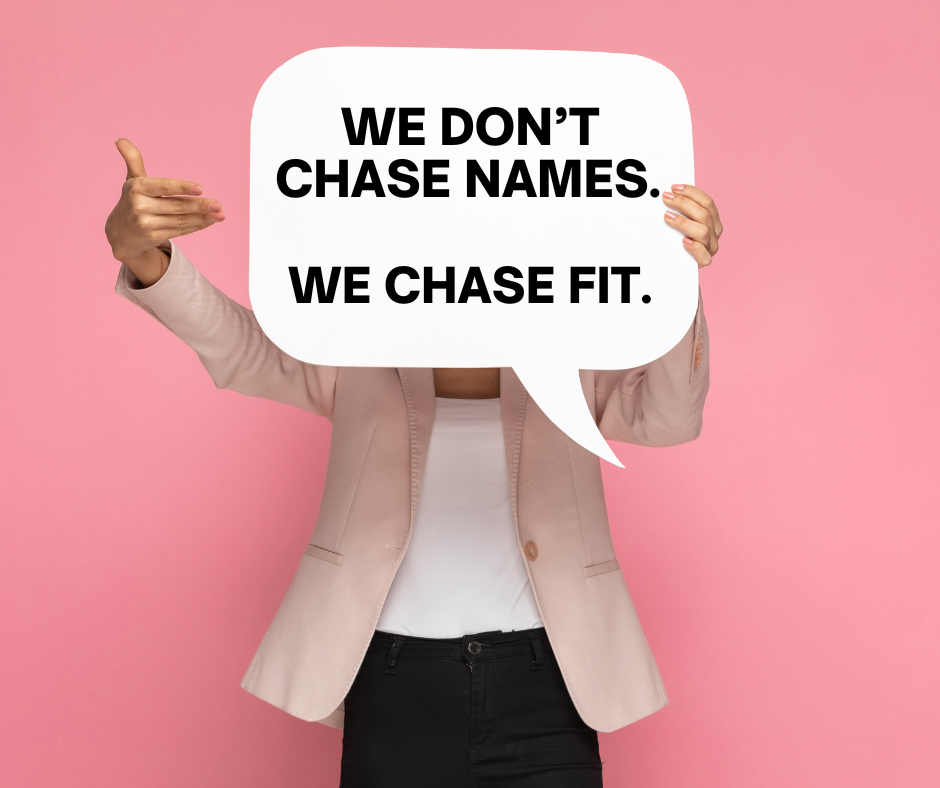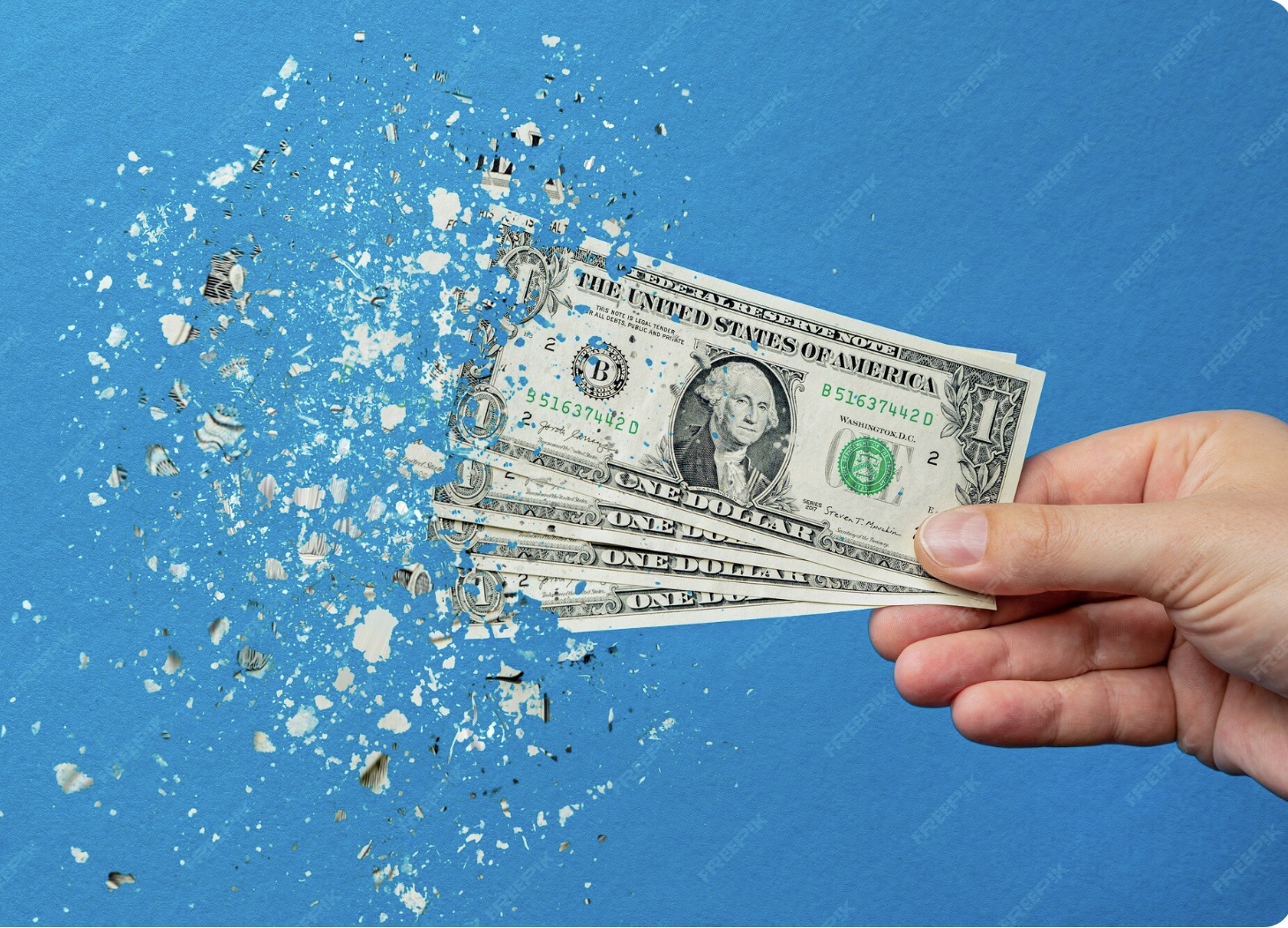Why Alignment Between Talent and Structure is the Difference Between a Fad and a Forever Brand
Sandbox Studios doesn’t engineer celebrity pairings. We invest where the co- founder is already in place. But with 20+ years of building partnerships across the globe, we know which ones work — and which ones crash and burn.
That’s why we’re often called in by portfolio companies and Friends of the Fund to help evaluate, negotiate, and structure celebrity deals. We’ve seen the patterns. And they’re almost always the same:
The wrong match burns capital. The right match builds enduring value.
The Science: When Big Numbers Fool You

On paper, Emily Ratajkowski looks like the dream partner for a swimwear brand. 29 million Instagram followers. International fame. A fashion pedigree. To a rookie investor, it’s the perfect fit.
But here’s the problem: who are those 29 million? If 90% are men double-tapping bikini shots, then a women’s swimwear line is fundamentally misaligned. You’re selling bikinis to people who will never buy them.

Run the numbers and reality sets in:
- 29M followers × 10% female audience = 2.9M
- 2.9M × 60% US-based = 1.74M
- 1.74M × 0.1% conversion = 1,740 buyers
- 1,740 × $200 swimsuit = $348K in sales
29M followers ≠ $348K in sales. That’s not a venture business. That’s a rounding error. And sure enough, Inamorata hasn’t posted on Instagram in over a year.
This is the trap: vanity metrics. Big numbers look intoxicating, but when you dig deeper, most celebrity brands collapse under their own weight. It’s why 80% of celebrity-backed brands fail, and why Instagram engagement has fallen from 2.18% in 2021 to 1.59% in 2024.
Meanwhile, when the audience does align? That’s when campaigns generate an average 4.2x ROI per $1 spent.
Fit is everything.
The Science: Why Standard Contract Deals Sink
The second trap? Believing the “standard” contract creates alignment. It doesn’t. Most celebrity deals are cookie-cutter:
- 10–15% equity (usually vesting over time)
- 10–30% revenue share, often with a minimum guarantee
- Category exclusivity
In exchange for:
- A handful of social posts
- Event or retail appearances
- Light involvement in product development
On paper, it looks reasonable. In reality, it sets everyone up for disappointment.
The startup thinks: “We gave away equity, now they’ll drive sales.”
The celebrity thinks: “I posted, showed up, delivered my end of the deal — I’m done.”
Both are technically correct. Both end up frustrated.
Minimum guarantees often become toxic. If the brand underperforms and still owes six figures in payouts, that cash drain can sink momentum. Incentives misalign:
- Equity only works if the celebrity plays the long game — many don’t
- Revenue shares drive short-term posting, not long-term growth
- Exclusivity protects the brand but can strain the celebrity’s career flexibility
And when it unravels? More often than not, it’s the operator, not the celebrity, who walks away first.

How Sandbox Structures Differently
At Sandbox, we’ve learned that contracts must move from transactional checklists to partnership frameworks.
One anonymized example:
- Instead of 15% equity upfront, the celebrity received 5% at signing, withanother 10% vesting against contribution milestones: product launches,retail activations, and media days over 4 years.
- The revenue share was tied to specific performance windows, not leftopen-ended.
- Minimum guarantees were replaced with baseline activation commitments:a set number of posts, appearances, and PR pushes annually.
- Most importantly, we introduced structured “office hours.” Not just with thecelebrity, but with their entire roster. Celebrities bring stylists, PR reps,assistants, social managers, creative directors — a whole ecosystem. Ourframework ensures the brand can tap that machine at no extra cost. Quarterlysessions mean the operator is briefing the celebrity’s team directly, turning a“face” into a full professional engine for the brand.
That’s the difference between a contract that buys a billboard and one that builds a business partner.

The Art: Turning Star Power Into Staying Power
The numbers tell you if a deal could work. The art determines if it will.
Authenticity. Consumers smell inauthenticity instantly. It’s why over 80% of celebrity brands fail within five years. But when the fit is real, the upside is extraordinary. Selena Gomez’s Rare Beauty did $370M in sales in 2023 and is now worth more than $2B. Hailey Bieber’s Rhode hit $212M in annual revenue within three years and sold to e.l.f. Beauty for up to $1B.
Frameworks. Celebrities are busy. Without structure, they underdeliver. With it, they scale. Sometimes that means four hours at a grocery store signing bottles.
Glamorous? No.
Effective? Yes.
The best partnerships evolve realistic frameworks that work for both partners.
That’s when you get the elusive 1+1=3.
The Sandbox Studios Edge

We don’t chase names. We chase fit.
Our advantage comes from two decades of seeing these deals from the inside. We know when the math works, when the contract fails, and when authenticity can turn a celebrity brand from hype into a forever company.
That’s the discipline behind Sandbox Studios.
And it’s why our portfolio looks different from the noise.

